Check out my first novel, midnight's simulacra!
Nuclear weapons
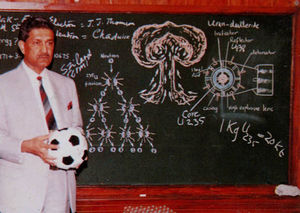
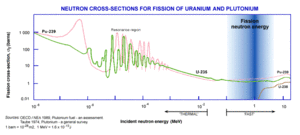
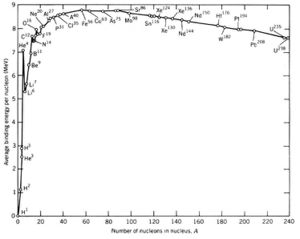
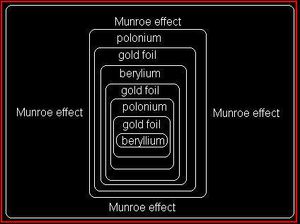
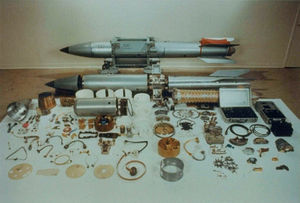
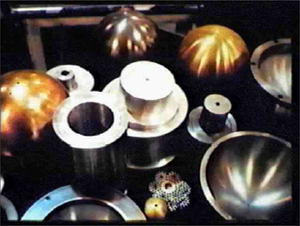
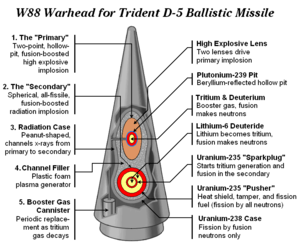
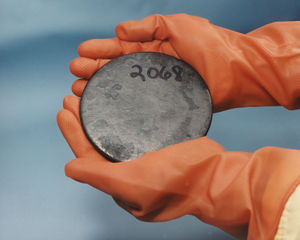
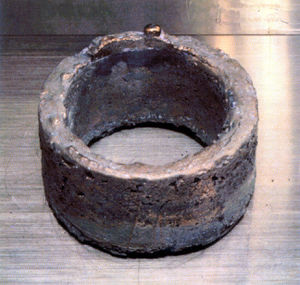
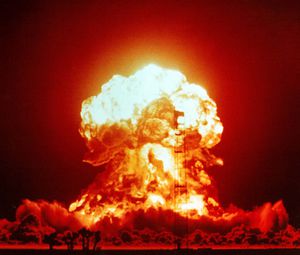
(12:08:06 PM) elizabeth warren: that'll get you on a list or three
Don't blame me, man. I didn't do it.
Researching Nuclear Weapons
Your modern criticality fetishist has a rough time of things. Since 2001-09-11, great stocks of (unclassified) information have been purged from government sites. Various other fans (see the See Also section) maintain partial archives. Relevant conference proceedings (compressed matter physics, etc) get snapped up on used book sites quickly. My recommendation is a thorough grounding in nuclear engineering and the relevant mathematical methods (which you'll come across in the NucE books), at which point you'll be well-equipped to daydream about your own neutron initiator ideas and radical implosion symmetries. The boys at LANL and similar places haven't been able to do criticality experiments since the CTBT's passage, so everyone's on a level (simulation-only) playing field. Today's supercomputer is tomorrow's slide rule; an HP48GX will certainly get you through spherically symmetric detonations, and a few video cards are a fine platform for running your own hydrocodes.
Books
The following textbooks range from introductory to advanced material, and all require some basic physics and associated mathematical sophistication. For obvious reasons, textbooks on actual weapon design, testing, engineering and maintenance are difficult to come across. There's a wide variety of excellent books on political theory of nuclear weapons, which I'm unqualified to rate (update: Kahn's On Thermonuclear War is absolutely required reading); see blogs like Arms Control Wonk and Total WonKerr for more information, or your local university's political science department.
- Kenneth Krane's Introductory Nuclear Physics (assumes an undergraduate background in quantum mechanics)
- Weston Stacey's Fusion Plasma Physics (assumes a strong background in electromagnetics)
- James J. Dunderstadt's Nuclear Reactor Physics
- Robert Serber's Los Alamos Primer
- Glasstone and Dolan's The Effects of Nuclear Weapons is about as directly quantitative as one finds in the open literature, and freely available online.
- IANUS scientists Andre Gsponer and Jean-Pierre Hurni authored the technical report "The Physical Principles Of Thermonuclear Explosives, Inertial Confinement Fusion, And The Quest For Fourth Generation Nuclear Weapons". It can be ordered or downloaded from the IANUS website.
- Also worth checking out: McPhee's The Curve of Binding Energy, Critical Assembly
There's pretty much an endless line of popular-audience books about nuclear weapons, especially their early design and the characters behind them (I've got about a dozen biographies of J. Robert Oppenheimer alone). These require no particular scientific or mathematic background. Of them, the best include:
- Richard Rhodes's The Making of the Atomic Bomb (winner of the 1988 Pulitzer Prize for general non-fiction)
- Richard Rhodes's Dark Sun: The Making of the Hydrogen Bomb
- Kai Bird and Martin J. Sherwin's American Prometheus: The Triumph and Tragedy of J. Robert Oppenheimer (winner of the 2006 Pulitzer Prize in biography)
Basic Physics
- Energy-mass equivalence - electron-volts - curve of binding energy - energy scales (chemical vs nuclear vs annihilative)
- Pressure - temperature - ideal gases - brownian motion - radiative ablation - ionization - plasmas
- The atom - the nucleus - periodic table - size scales (electron vs proton vs neutron vs alpha particle vs large nucleus vs atomic radius vs molecular size)
- Electodynamics - strong nuclear force - weak nuclear force - quantum tunneling - radiations (alpha, beta, gamma) - transmutations (there are many!)
- Liquid drop model - superdeformation - hyperdeformation
Reactor Physics/Fuel Cycle
- Neutron moderators - fueling - MOX - breeders - feedbacks - inherently safe designs
- Four-factor formula - criticality control - fuel burnup - fission products - fission poisons
- Intertial confinement fusion - hydromagnetic confinement fusion - cold fusion - bubble fusion
- Etienne Parent (2003). "Nuclear Fuel Cycles for Mid-Century Deployment".
- W. G. Sutcliffe and T.J. Trapp. eds. "Extraction and Utility of Reactor-Grade Plutonium for Weapons", Lawrence Livermore National Laboratory. UCRL-LR-I 15542, 1994 (S/RD).
- US DOE "Nonproliferation and Arms Control Assessment of Weapons-Usable Fissile Material Storage and Excess Plutonium Disposition Alternatives", 1997.
Fission Weapons
- Criticality - subcritical - supercritical - prompt criticality - critical insertion time - insertion (gun-type) method - spontaneous fission
- Implosion method - levitated pits - multi-point implosion
- Th232 - U233 - U235 - U238 - Pu249 - Pu240 - minor actinides - transuranics - fissile, fissionable, fertile
- Enrichment levels - enrichment methods - degradation - downblending
- Observable properties of processing tech (plutonium's more intensely thermal)
- Robustness of methodologies/materials/geometries (eg easiest to make a big, wasteful, HEU gun bomb)
- Safety/reliability of materials/assemblies (Decay of Pu, tritium, polonium, neutron moderation by seawater, fire hazards)
- Prompt neutrons - delayed neutrons - fast neutrons - slow neutrons - neutron reflectors
- Neutron sources / initator design - Monroe Effect - Beryllium/Polonium urchin - pulsed neutron tubes - shock initators - UD3/TiD2
- High explosives, Taylor-Rayleigh instabilities - assembly geometry - neutron multiplications
- Hydrides (see the Ruth section from Upshot-Knothole)
- "The B61-based Robust Nuclear Earth Penetrator: Clever retrofit or headway towards fourth-generation nuclear weapons?". Gsponer 2005-11-19.
Fusion Weapons and Boosting
- Hollow pit - DT infusion - dial-a-yield - lithium-deuteride - Li6 - Li7
- Layer-cake model - sparkplugs - Teller-Ulam design - stage chaining
- Core boosting - enhanced radiation weapons (neutron bombs) - fissionable jacketing
- Pure fusion weapons, clean weapons (non-fissionable jacket)
Delivery Systems, Effects, and Defense
- Blast theory - shock front - double flash - optimum delivery altitudes
- Miniaturization - MIRV's - penetration aids - neutron fluxes
- Russian Strategic Nuclear Forces (2004, MIT Press) is awesome
Missile Defense
- "Anti-Ballistic Missile Systems." R.L. Garwin and H.A. Bethe. Scientific American, Vol. 218, No. 3, pp. 21-31, March 1968.
- Missile Defense Agency, with garish Flash as of 2008.12.27.
- Hans Bethe and Freeman Dyson both have some great material in their books; collect it
Miscellaneous
- Project Plowshare - Project Orion - Atoms for Peace - Project Rover
- Testing - test detection - treaties
See Also
- Carey Sublette's Nuclear Weapon Archive is peerless and the starting point for any research
- Gregory Walker's Trinity Atomic Web Site is a sister site
- The Garwin Archive at FAS is awesome
- The National Nuclear Data Center at Brookhaven National Laboratory
- The NRDC maintains a nuclear data archive
- LBNL's Isotope Project
- The Progressive's November 1979 issue, "The H-Bomb Secret" (for historical purposes)
- AFTAC flies out of Patrick AFB, Florida
- LANL's T-2 Nuclear Information Service
